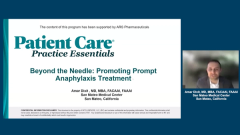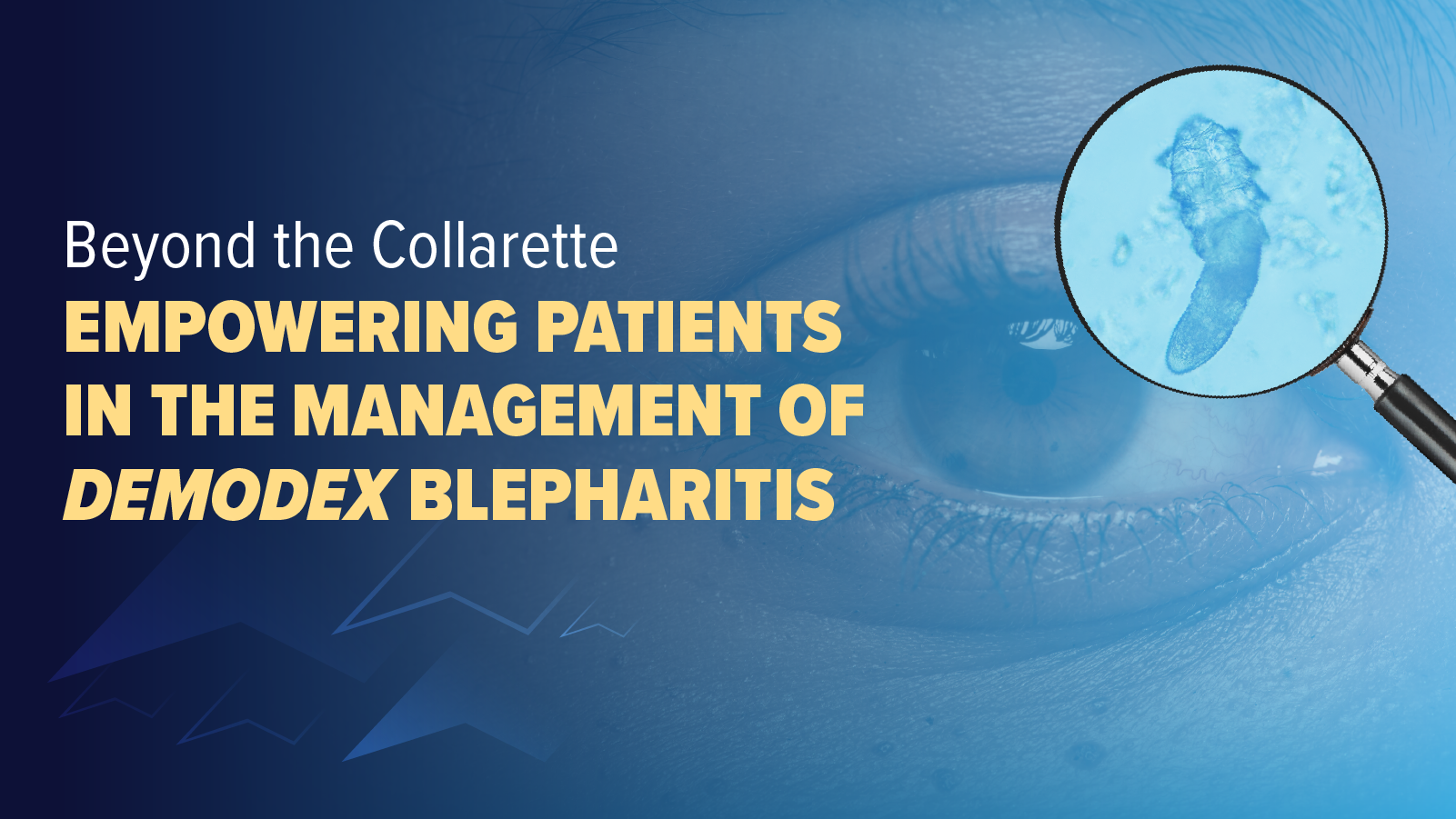
Closing Thoughts on Treating Anaphylaxis with Epinephrine Nasal Spray
A panelist discusses how education about anaphylaxis recognition, early epinephrine administration, and addressing barriers like device portability remains crucial, with intranasal epinephrine potentially solving many existing challenges in anaphylaxis management.
Episodes in this series

Video content above is prompted by the following:
In the final segment, Dixit synthesizes key takeaways from the presentation and audience interaction. He reiterates the fundamental importance of ongoing patient education regarding anaphylaxis recognition and the necessity of early, correct epinephrine administration. These foundational elements remain central regardless of delivery method or device innovations.
Dixit acknowledges the persistent barriers revealed through polling questions and research data: device portability challenges, cost concerns for some patients, and difficulties with correct administration technique. He notes how Neffy addresses these challenges by offering an effective delivery method that’s easier to carry, less intimidating to use, and more tolerant of environmental variations than traditional autoinjectors.
He concludes by addressing audience concerns about Neffy’s effectiveness with mucocutaneous involvement, citing reassuring evidence from food allergy challenges and direct allergen nasal challenges where the medication worked effectively despite inflamed nasal mucosa. This real-world evidence, combined with the physiological and pharmacokinetic data presented earlier, provides clinicians with confidence in offering this alternative to appropriate patients. Dixit thanks the audience for their engagement and questions, which revealed shared clinical concerns about anaphylaxis management across different practice settings.
Newsletter
Enhance your clinical practice with the Patient Care newsletter, offering the latest evidence-based guidelines, diagnostic insights, and treatment strategies for primary care physicians.














































































































































































































































































